Knitting is a great activity for people of all ages, as it engages multiple parts of the brain at once. It can help reduce stress and anxiety, improve mood, and even reduce the risk of dementia. It can also help with problem-solving skills and mindfulness. In addition, knitting can be used to raise awareness of brain injuries in sports and to provide comfort to traumatized children.
A study of a group of people with eating disorders showed that tissue had a significant effect on reducing anxiety and calming obsessive thoughts or worries. This is because repetitive movement releases serotonin, which improves mood and creates a sense of calm. Knitting is better for this than typing, as it puts enough strain on the fingers without being too tiring. The New England Journal of Medicine and the Mayo Clinic conducted a study that showed playing board games, reading, and knitting are all mental exercises that can reduce the risk of dementia.
They believe that children can learn to focus and improve fine motor skills through knitting. Hundreds of meetings have been held across the country since then, in regional cities, remote indigenous communities, libraries, galleries, schools, hospitals, and community centers. At one such meeting held at the Redfern Community Centre, former Sydney Rooster Ian Roberts spoke about his concussion career in football, with fans making neurons in team colors to raise awareness of brain injuries in sports. In weekly classes, men knit comfort dolls for traumatized children and hats for themselves, their own children, and loved ones.
Knitting can also put you in a state of mindfulness where you focus on just one thing and let go of other things that can occupy the mind. A survey of 3,545 weavers around the world showed that those who knitted to relax, relieve stress, and create creativity reported better cognitive functioning, better social contact and communication with others. Many people from all walks of life consider knitting to be a great pastime to release the stress of daily activities.Betty Corkhill's book How to Knit a Flexible Mind and More has been instrumental in helping people understand how knitting stimulates different parts of the brain including those that work for memory and attention span.
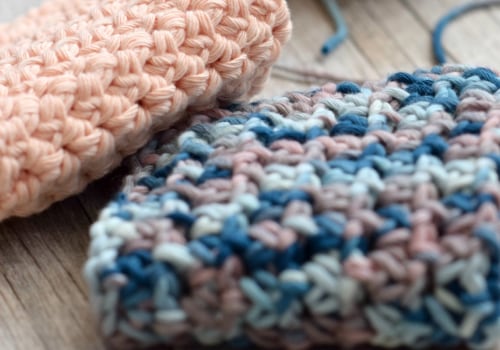

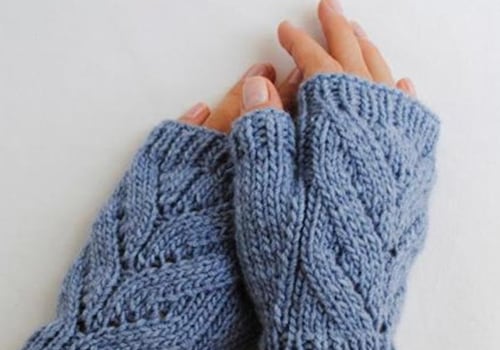
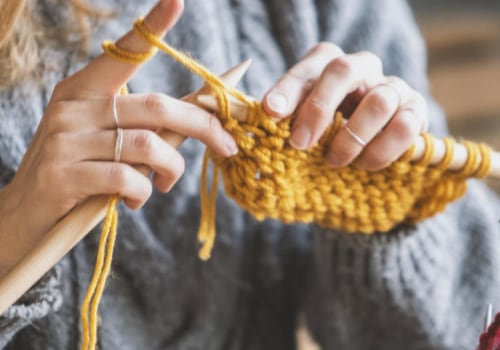

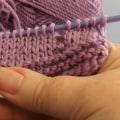

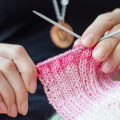
Leave Reply